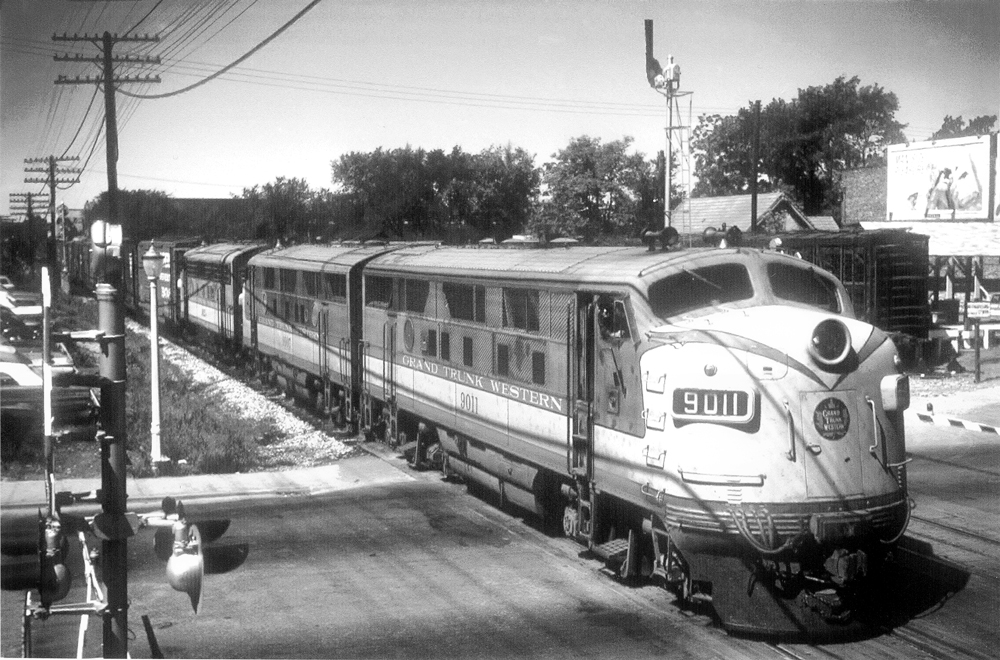
Strictly speaking, Grand Trunk Western is not a “fallen flag.” GTW still reports to regulators as a separate Class I railroad, but since Jan. 1, 1996, GTW has been submerged in the identity of its parent, Canadian National. These days, operation and management of GTW are integrated with the 2,650-mile former Illinois Central and […]
Read More…
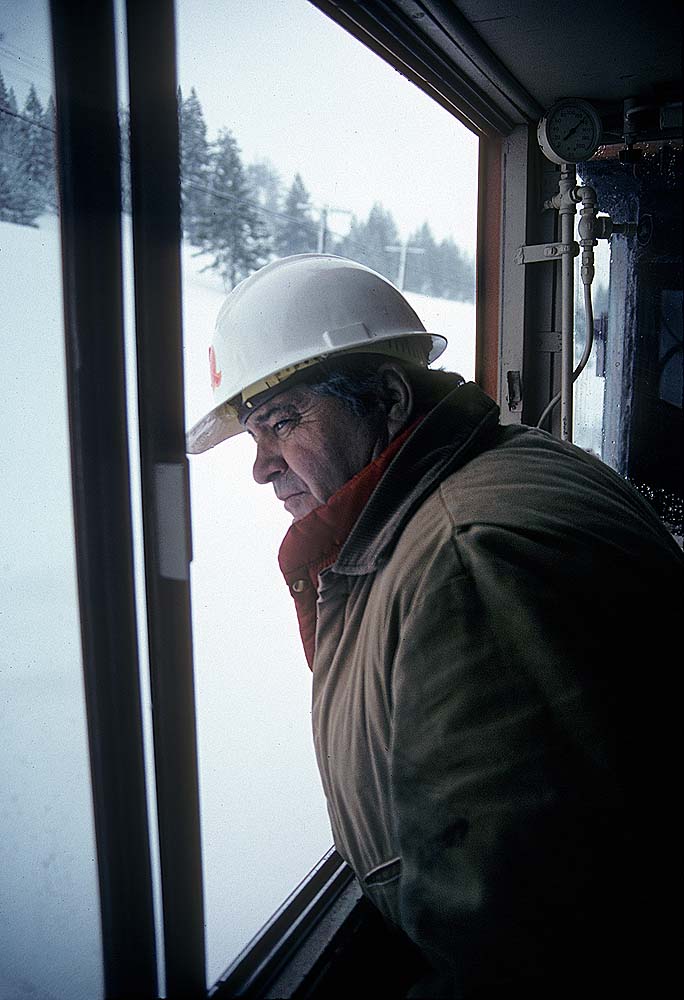
When mourners gather Thursday for services at the Church of Christ of Latter-Day Saints in Auburn, Calif., it will mark a special occasion for anyone associated with the once-upon-a-time Southern Pacific Railroad: a moment to appreciate a true SP hero, James C. Mahon, known from Sacramento to San Antonio as “The Bear.” Railroaders in charge […]
Read More…
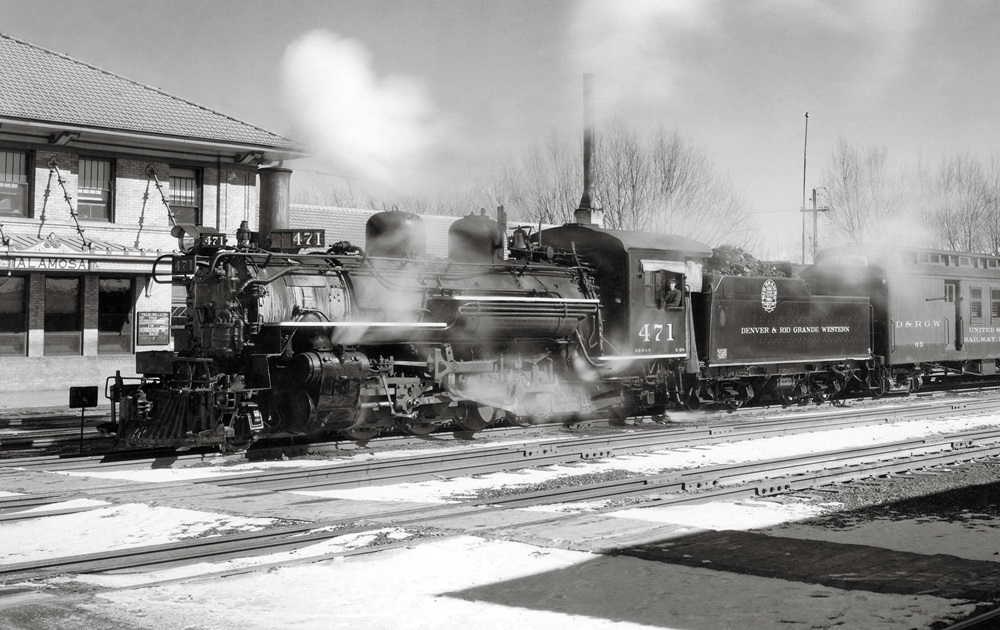
The silver and gold bonanza of the late 19th Century led to a boom in narrow gauge railroad startups across Colorado. But out of the plethora that’ve come and gone, which left an impact in the Centennial State and sparked our enthusiasm to visit what’s left today? Let’s find out by reminiscing about five prolific […]
Read More…
Burlington Route diesel locomotives showed a strong loyalty to Electro-Motive Division, located in the online community of LaGrange, Ill. The Chicago, Burlington & Quincy was a diesel pioneer with its Zephyr passenger trains in the 1930s, and the railroad began dieselizing mainline freight trains with EMD FTs in 1943. The CB&Q continuing dieselizing with a […]
Read More…
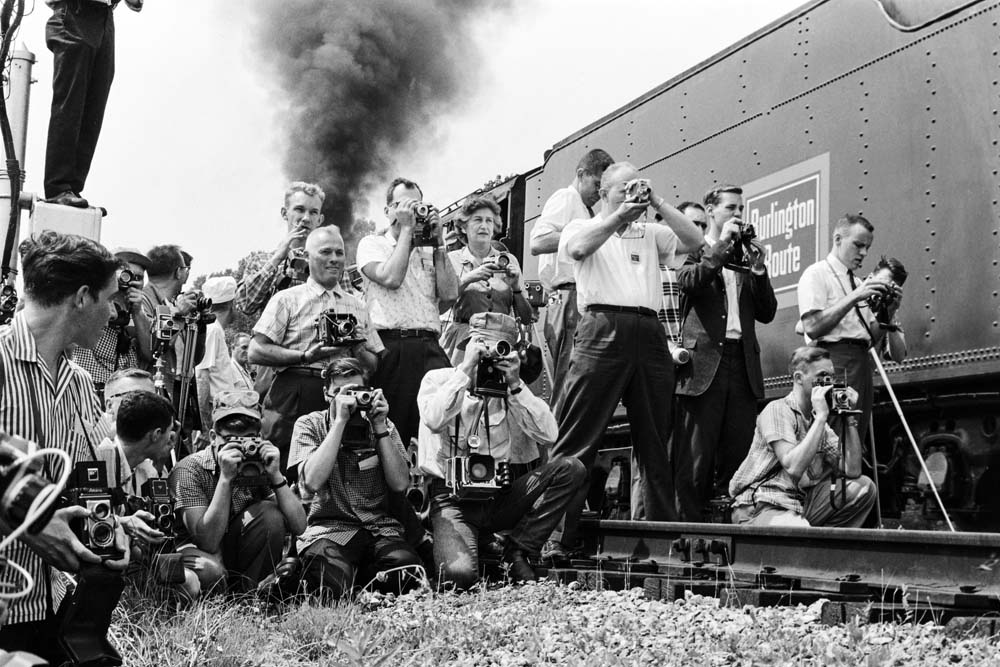
We all have “near misses” in our lives, and one of the biggest for me was the steam program of the Chicago, Burlington & Quincy Railroad, known best by the numbers of its two star locomotives, 4-8-4 No. 5632 and 2-8-2 No. 4960. Both were among a few saved after the Q dieselized and subsequently […]
Read More…

Years ago, it was not unknown for railroads to promote themselves via railroad models. This actually began in the toy train sphere of model railroading. Scale model railroading as a hobby emerged from toy trains, which began to come to prominence in the early 20th century. As evidence, I’ll cite the fact that Al […]
Read More…
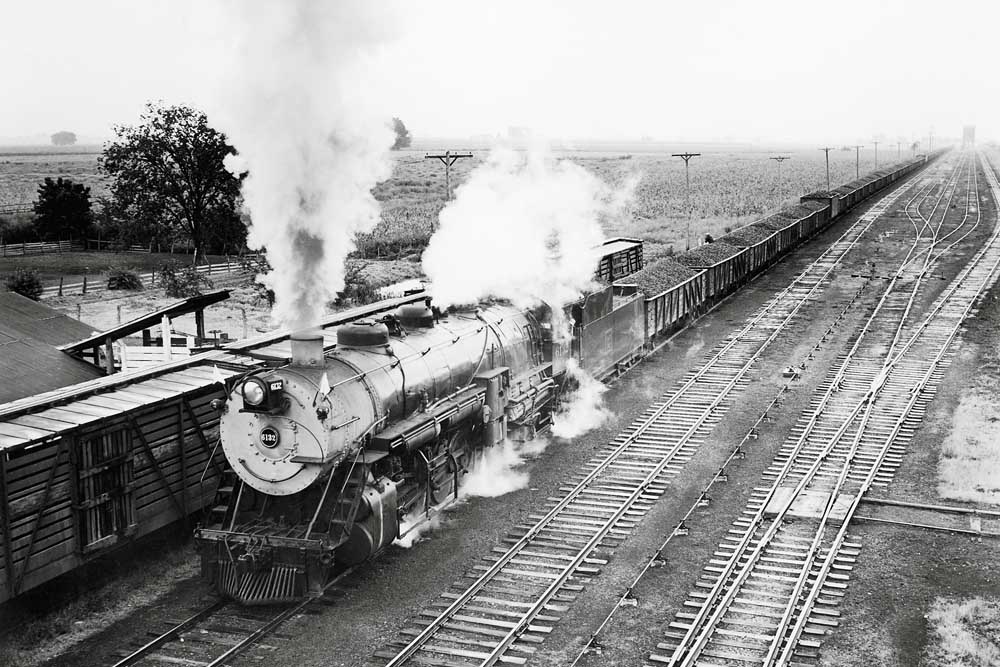
Burlington Route history begins with the Aurora Branch Railroad, chartered on Feb. 12, 1849, to build a line from Aurora, Ill., to a connection with the Galena & Chicago Union (forerunner of the Chicago & North Western) at Turner Junction (West Chicago). Service began with G&CU’s first locomotive, the Pioneer. In 1852 the road […]
Read More…
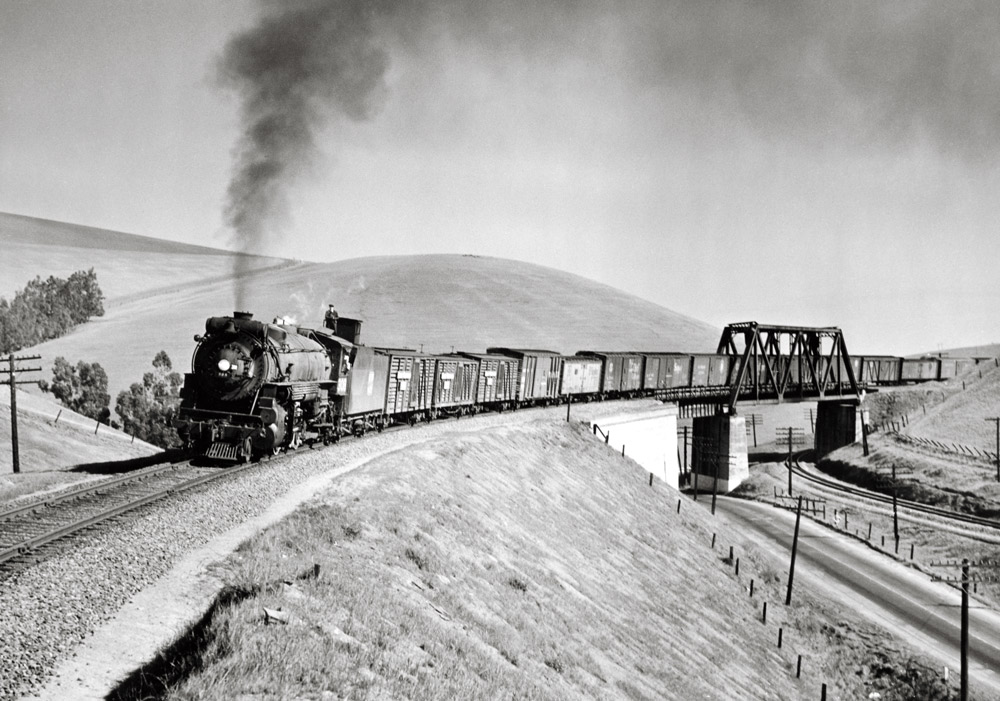
Compared to the likes of the Southern Pacific and Atchison, Topeka & Santa Fe, the Western Pacific Railroad can be considered the “runt of the litter” for Class I U.S. railroading in the Far West. Yet these five traits of the Western Pacific help paint a bigger picture of this San Francisco-Salt Lake City system […]
Read More…
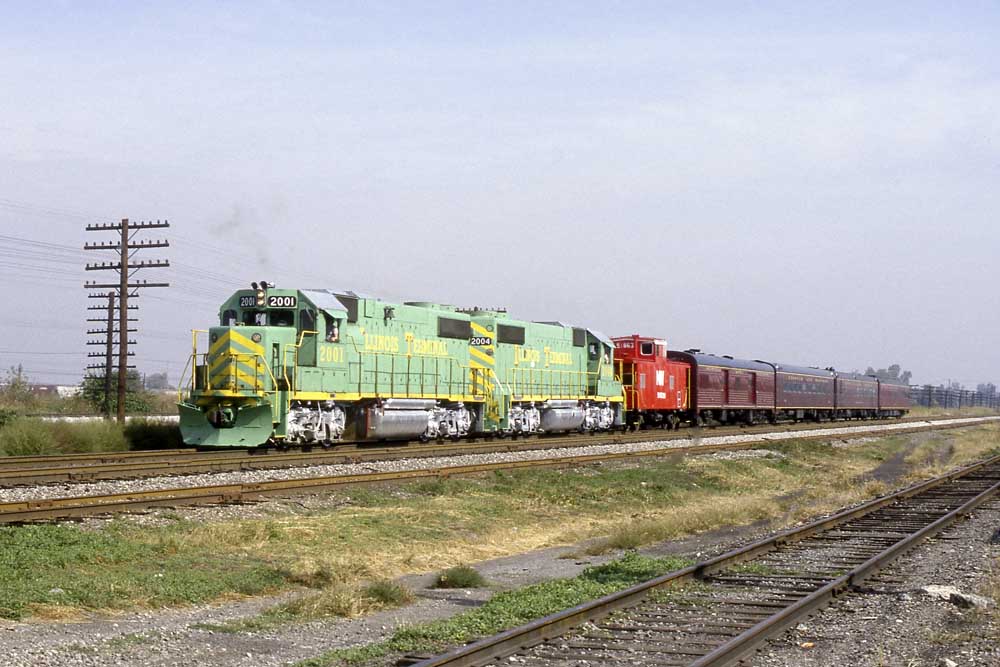
Illinois Terminal locomotives included steam, electric, and diesel over its existence. The Illinois Terminal was an electric interurban line serving western Illinois down to the St. Louis area. In the mid-1950s the railroad abandoned its electric operations, moving to all-diesel operation — the last steam ran in 1950, and dieselization had begun with […]
Read More…
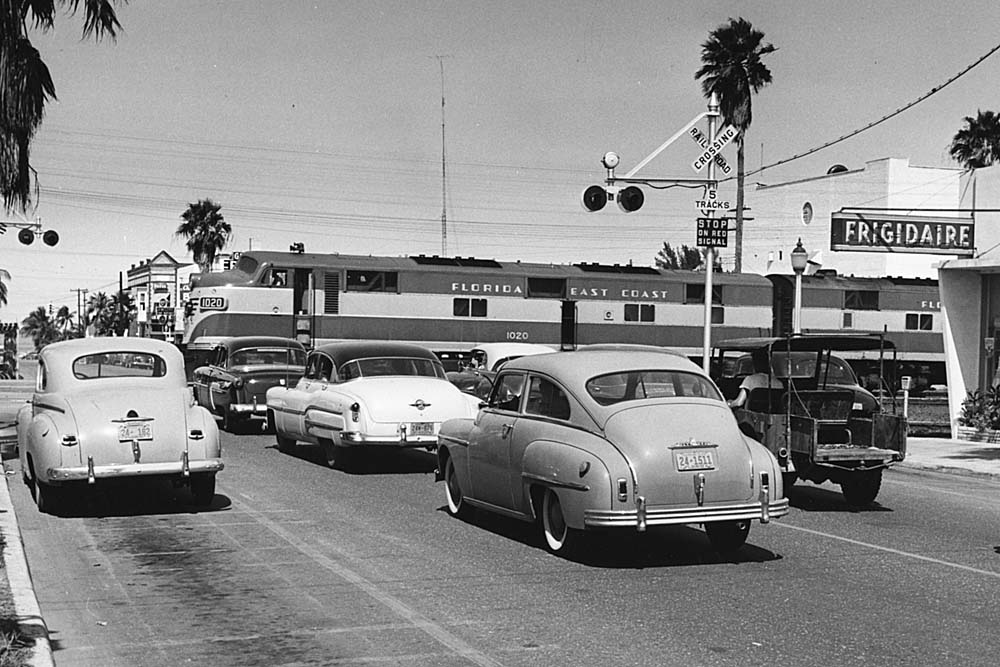
When I fell into the mileage hobby more than 35 years ago, I was late to the game but ambitious to mark up as much of my Rand McNally Handy Railroad Atlas as possible. This was around 1987, when my boss, J. David Ingles, inspired me to keep track of everything I rode, something I […]
Read More…
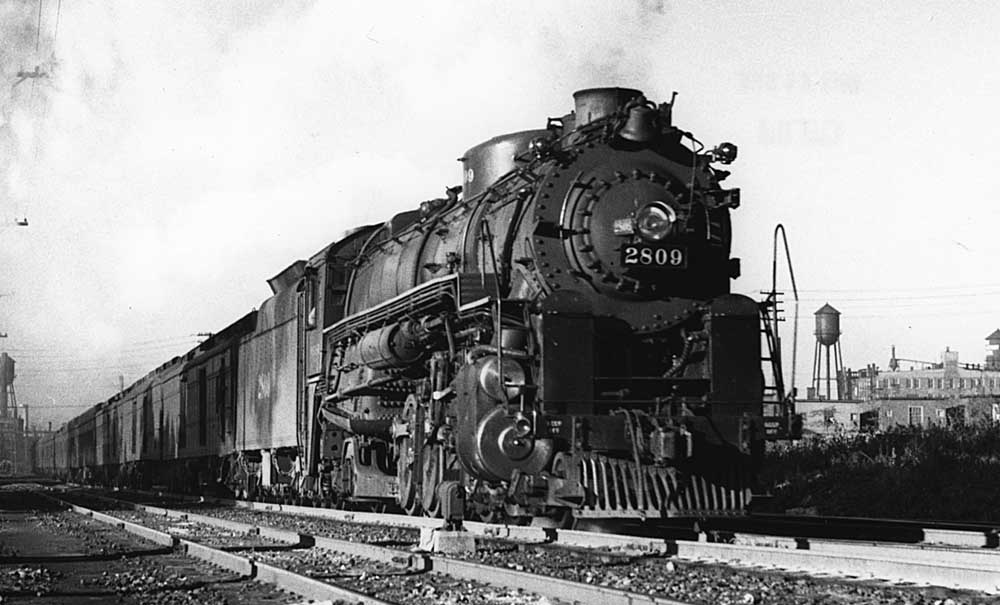
Few, if any railroads, duplicated what the Wabash Railroad did in 1930 and ’31 when it ordered 50 big locomotives from the Baldwin Locomotive Co., split half and half between the tried-and-true 4-8-2 wheel Mountain type and the still relatively new 4-8-4 Northern. It was a remarkable decision, given the slight differences between the […]
Read More…
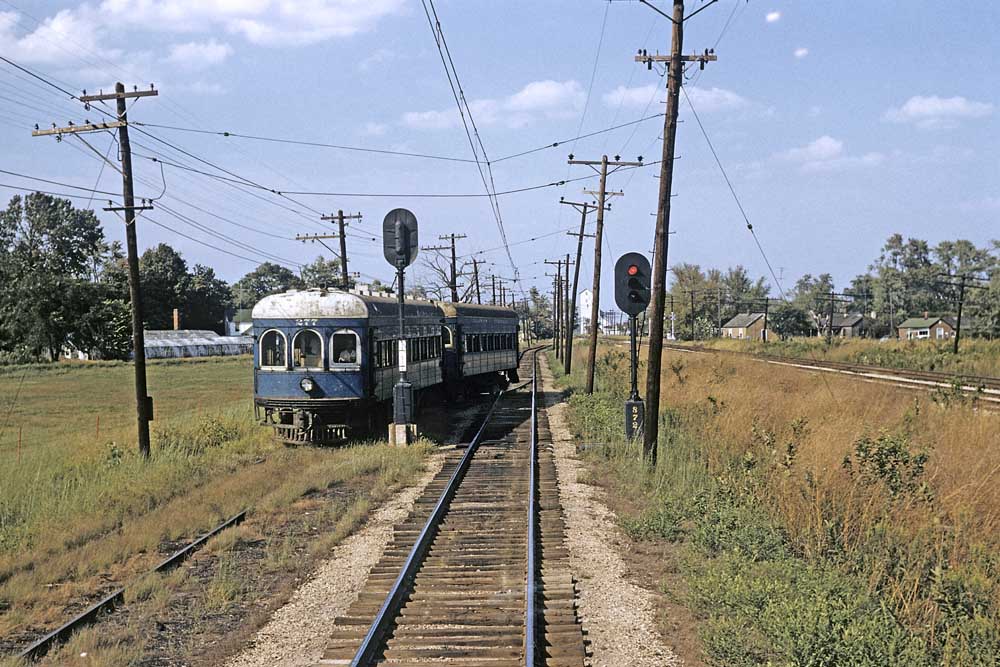
The Illinois Terminal Railroad might be one of the most misunderstood Class 1 railroads of the 20th century. If you think “the I.T.,” as most called it, was just a creaky electric interurban that gave up on passengers and got some diesels to haul freight to a few customers, think again. Illinois Terminal was […]
Read More…











